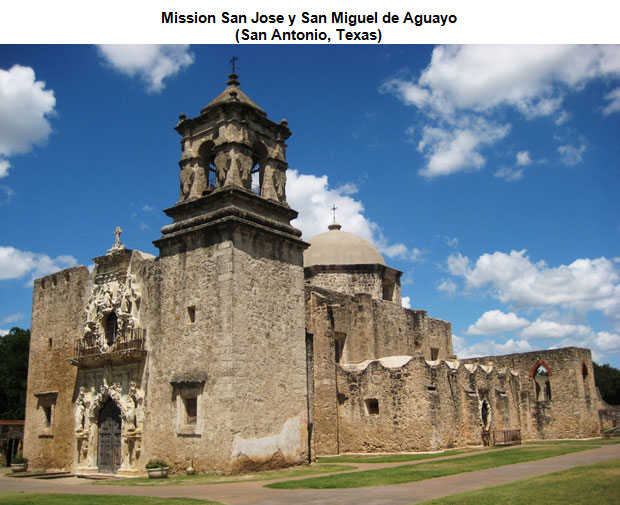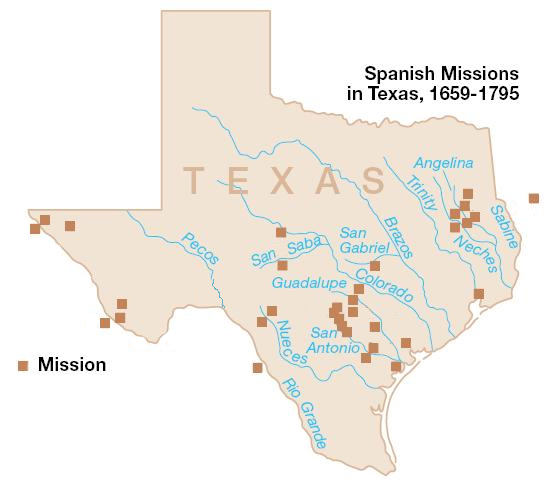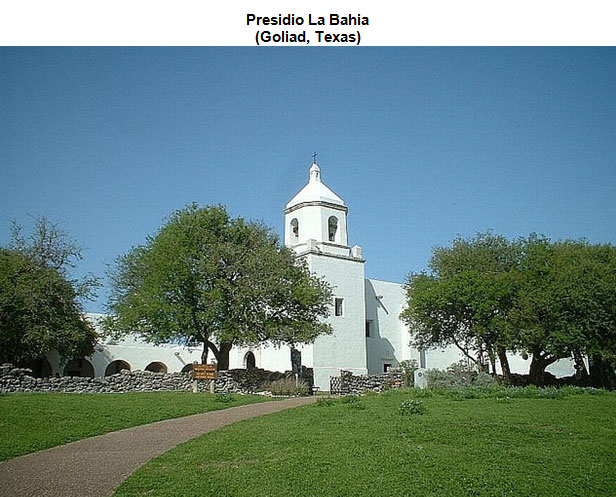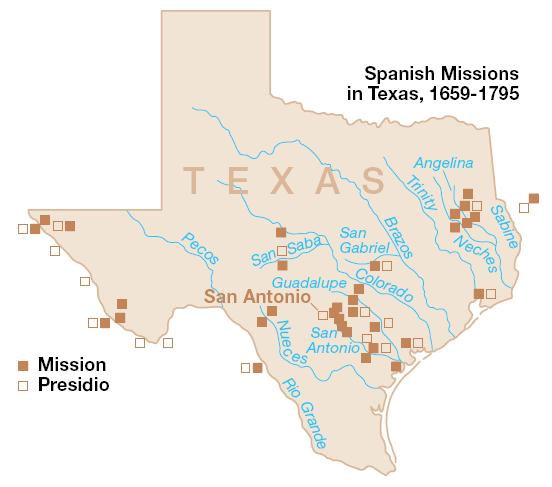
Source: Mission San Jose San Antonio, Liveon001©Travis Witt, Wikipedia

Source: Mission San Jose San Antonio, Liveon001©Travis Witt, Wikipedia
In this section, you will learn about the Spanish colonization of Texas. After the Spanish exploration to Texas, the Spanish government needed to come up with a way to protect the borders that had been established in the territory.
The Spanish government controlled the work of the religious missionaries in all of its territories around the world. Spain was intent on spreading the Catholic faith in all of the Spanish viceroyalties. In Texas, the Spanish missionaries were responsible for the Spanish friars, or Franciscans, a group of people who adhere to the teachings and spiritual disciplines of Saint Francis of Assisi.
Throughout the Spanish rule, thirty-five different Spanish missions were established across Texas.
![]() Watch the following video about one of the Spanish missions in Texas, Mission Espiritu Santo and answer the questions that follow.
Watch the following video about one of the Spanish missions in Texas, Mission Espiritu Santo and answer the questions that follow.
Source: Goliad State Park & Mission Espiritu Santo, Texas [Official], Texas Parks and Wildlife, YouTube

Source: Spanish Missions in Texas, Karanacs, Wikimedia
Analyzing the Map: What geographic feature do the Spanish missions in Texas have in common? Why do you think this feature is important to the missions?

The missions also served as centers of education, churches, and dormitories. The missionaries taught Catholicism and farming techniques. Another feature of the missions was the elaborate irrigation system that connected many of the missions.
![]() Watch the following video that explains the farming and ranching in the missions and answer the question that follows.
Watch the following video that explains the farming and ranching in the missions and answer the question that follows.
Source: Farming and Ranching, National Park Service
Video Review: How did the colonization of the Spanish change the hunter-gatherer lifestyle of the Native Texas Indians?

What are acequias? Why were they important to Spanish missions?


Source: Mission la bahia, DLS Texas, Wikimedia
To secure the Spanish missions in Texas, the Spanish established presidios, or military forts, to protect the missionaries and the Texas Indians who lived there. After the Spanish established the missions and presidios in Texas, the way was paved for Spanish colonization. Towns and ranchos were established afterwards to expand the presence of the Spanish.

Source: Spanish Missions in Texas, Karanacs, Wikimedia
Analyzing the map: Compare the location of the missions to that of the Presidios. How would you describe the relative location of the presidios? What is the difference in the location of the presidios in Central Texas to those in West Texas? Explain your answer.
